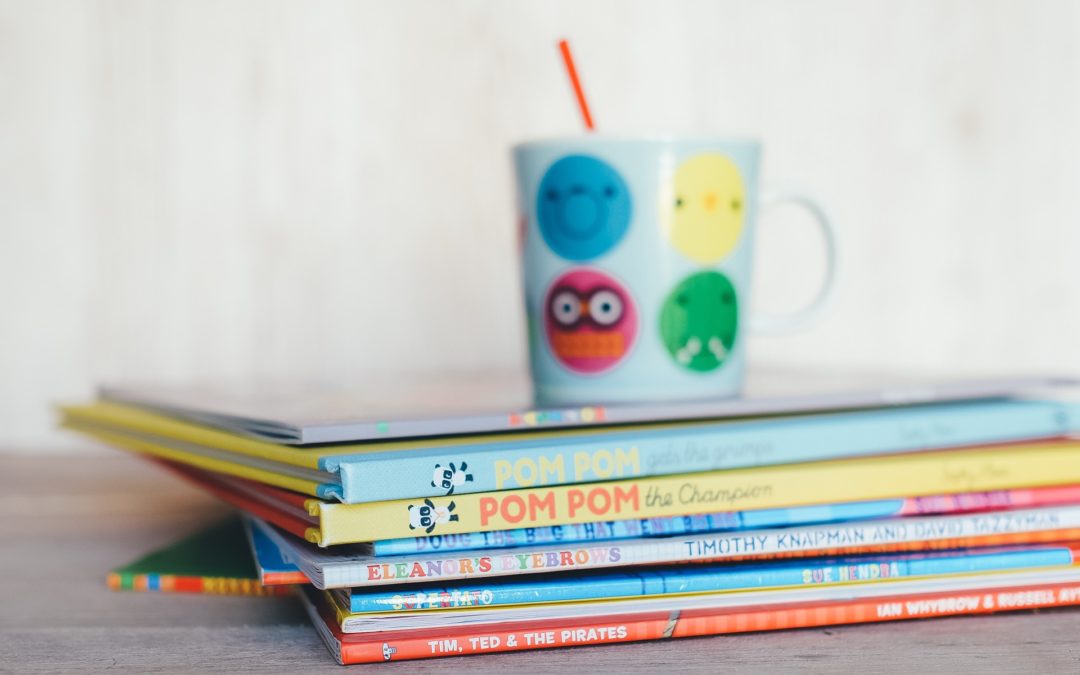Book stories are beautiful in any kind of setting especially when your reader is very appreciative. Gruesome killer stories can win the hearts of many who seek thrillers. However, writing can be tricky especially when you’re writing it for a crowd of thumb suckers. Writing well for this kind of readers could be more of a challenge and to make that challenge lighter, I’ll be sharing to you some common mistakes, according to a number of reads I’ve done, that are usually made by writers.
- The wrong lead character — books for children should have “superheroes”, may it be human or animals, belonging to the same age range as their particular reader. Of course, kids would not enjoy reading books about grown-ups and generally speaking, most publishers won’t acquire books having this mistake.
- Lack of research — just because you’re writing books for children doesn’t mean they’re easier to write. In fact, when conveying complex ideas it is even more difficult. Writers must really know the characters they put in the story, and when I say “really know”, I mean that writers should master the characters in the story inside and out so that they could play well with the characters, making the story far from complex and easy to understand. The characters should be distinct, consistent and of course realistic for the audience to be able to relate to them.
- Overwriting — children’s books should not be more than 32 pages, which includes the title page, table of contents, dedications and acknowledgements. Most books for children have pictures, but when you write, you should not write what the illustration shows. Your illustration and text should always complement each other. Make your story straight to the point because children don’t enjoy long introductions, start immediately and with action. Lastly, avoid using too much adjectives, it might just confuse your readers.
- Lack of disagreement — this is very important and basic. When you present a lead character you should also have a conflicting character, a problem to solve, a twist to the story. Without this, there would be no curiosity about what’s going to happen next, no excitement in flipping the next page and no interest in finishing the book.
- Moral lesson — it’s best to involve lessons to be learned in children’s books because this group of readers are in their early learning stage. When it comes to moral lessons in the story plot, make sure that it would come from the realizations and discoveries of the characters. Make it simple enough for the readers to understand. Don’t make it too obvious that the readers won’t buy in to it. Remember, your readers are also smart, they are kids but they also know how to do simple analysis. They will identify/figure it out if you do your job right.
So for aspiring writers of children’s books, I hope these could help you avoid committing mistakes when writing. Let this be your guide, in a way, to be able to produce amazing books!


This article deserves to be featured and perhaps new and fresh blog entries. We would like to feature this article at our Authors’ Lounge site at https://www.readersmagnet.club/authors-lounge/ It’s a free promotion hub for authors. There, you can promote and mingle with fellow authors or read book reviews by ReadersMagnet at https://www.readersmagnet.biz/readers-magnet-reviews/